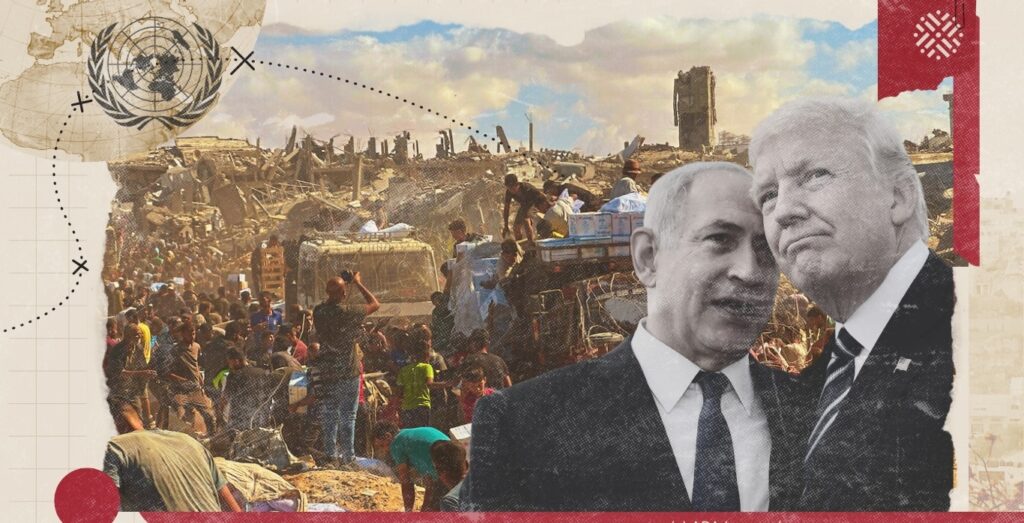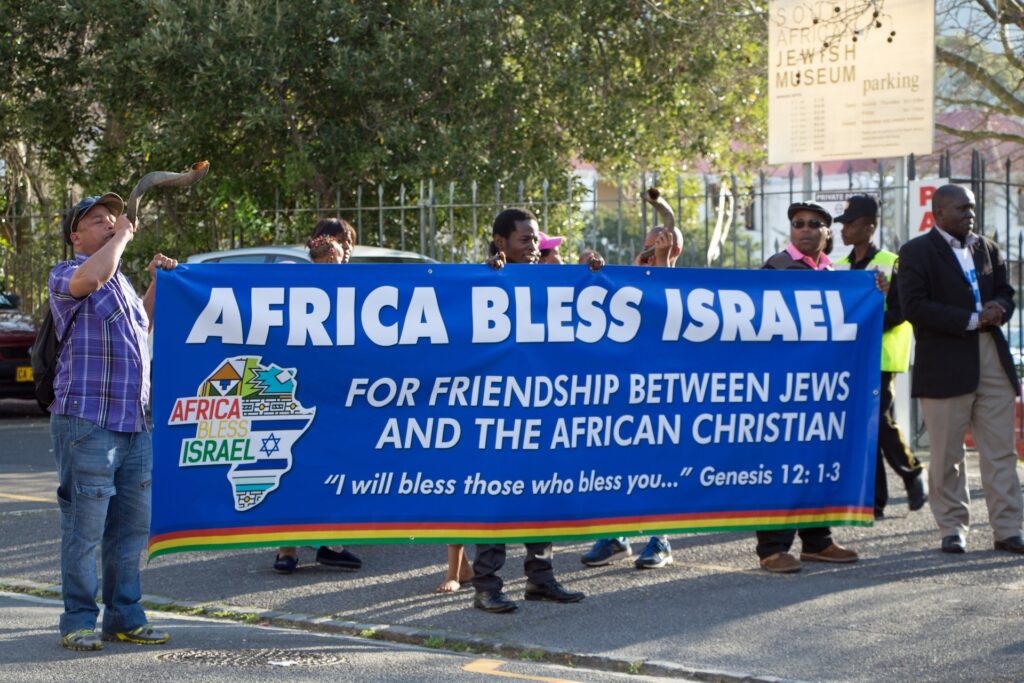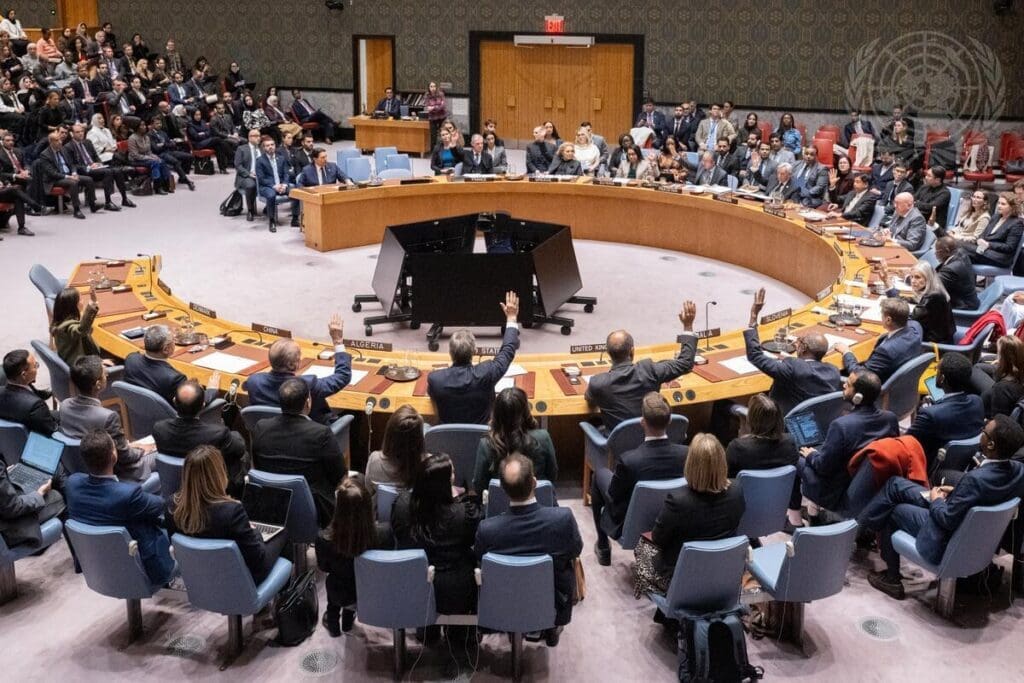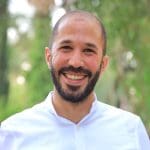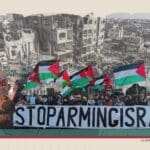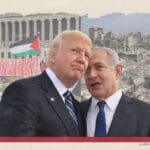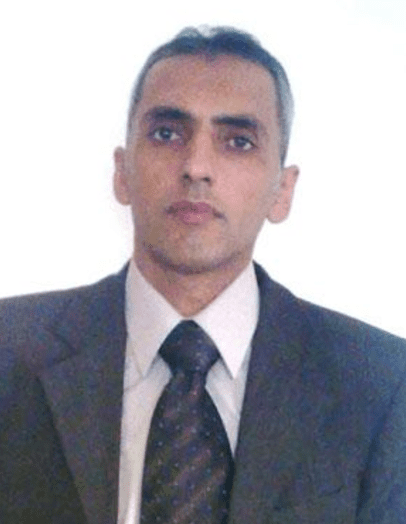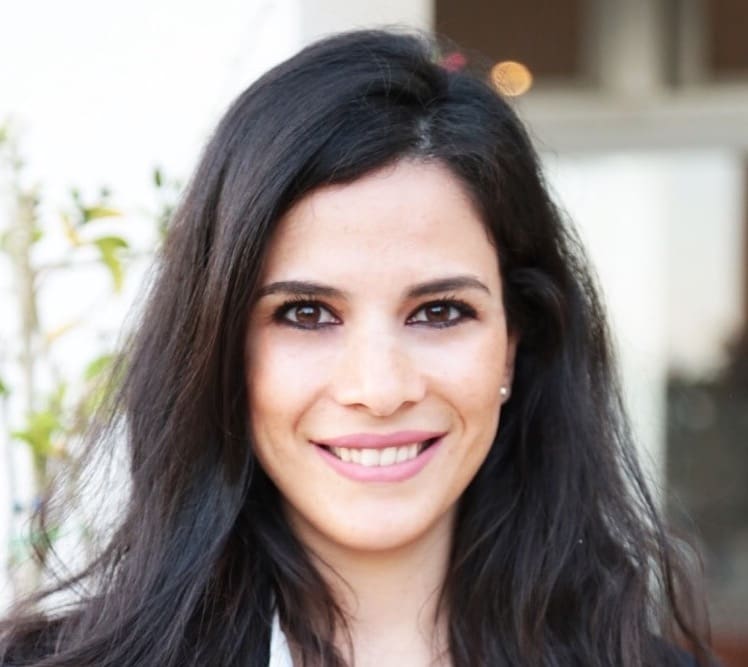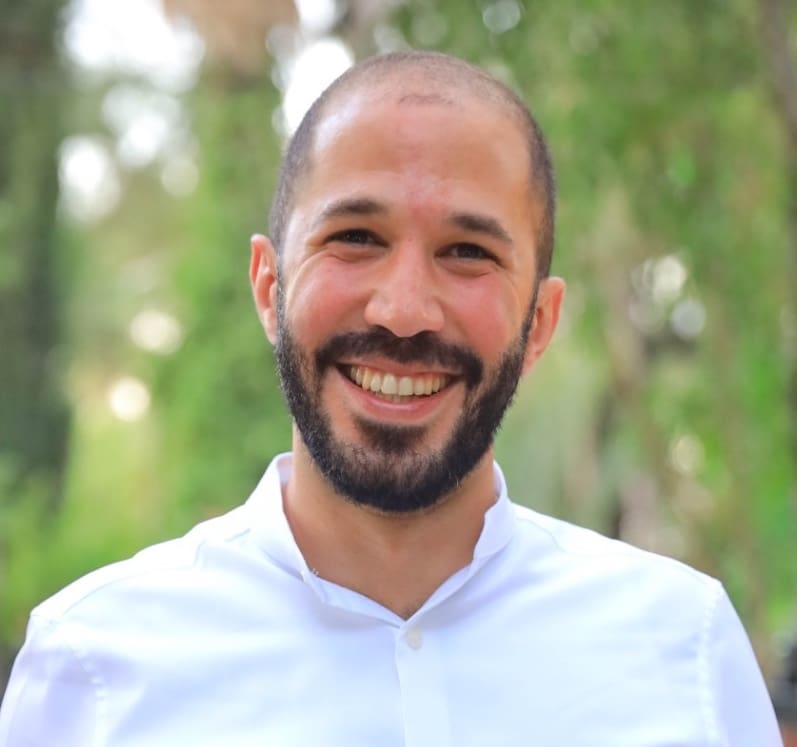
Introduction
On January 15, 2025, Qatar announced a ceasefire agreement between the Israeli regime and Hamas. The long-awaited deal, mediated by Qatar, Egypt, and the United States, promised an end to 15 months of genocidal assault on Gaza, during which Israeli forces killed at least 64,260 Palestinians and reduced much of the strip to rubble. After some tense hurdles following the announcement of the deal, which included an accusation from Israel that Hamas was reneging on parts of the agreement, the ceasefire came into effect a few hours after its scheduled start on January 19. Meanwhile, the Israeli regime continued to bomb Gaza right up until that moment.
The agreement outlines a three-phase plan. The first phase, lasting 42 days, includes the release of Israelis held in Gaza and detained Palestinians in a swap deal, a cessation of hostilities, the withdrawal of Israeli forces to a 700-meter buffer zone, and the return of displaced Palestinians to their neighborhoods. The second stage includes a declaration of sustained calm, the release of additional prisoners, and the complete withdrawal of Israeli troops from Gaza. The final phase involves the return of the bodies of deceased Palestinians who were held in Israeli prisons, the initiation of Gaza’s reconstruction plan, and the reopening of border crossings.
While the implementation of the ceasefire offers critical relief for Palestinians in Gaza who have been enduring and resisting genocide, skepticism remains over the feasibility of its full implementation. Indeed, various media outlets have reported that Israeli Prime Minister Benjamin Netanyahu promised government officials that the war would resume after the completion of phase one. He has also publicly declared that he has the Trump administration’s backing to resume fighting if they so choose. If fully implemented, the Israeli regime will likely attempt to make gains it failed to achieve during the war.
In this roundtable, Al Shabaka analysts Shatha Abdulsamad, Basil Farraj, Talal Abu Rokbeh, and Diana Buttu weigh in on the different aspects of the ceasefire deal and what they mean in the broader context of Israeli settler colonial occupation of Palestine.
Redrawing the Humanitarian Landscape
Shatha Abdulsamad
The first phase of the ceasefire deal includes a boost in humanitarian aid and relief materials entering Gaza. This includes food, medical supplies, and fuel, which is sorely needed to get vital infrastructure, such as hospitals and telecommunications services, up and running. While this surge in relief deliveries is critical, it is but a drop in the ocean of what is needed to address the catastrophic humanitarian crisis in Gaza. Indeed, amid chronic supply shortages, it is estimated that at least 600 aid trucks per day are required to begin tackling the devastation. Yet, significant challenges exist regarding aid delivery and effective distribution.
Israeli forces destroyed most of the roads and infrastructure in Gaza during the past 15 months, rendering the delivery of humanitarian aid a massive challenge. Meanwhile, Israel’s legislative efforts to ban UNRWA—set to take effect at the end of January—threaten to create a vacuum in humanitarian aid distribution. UNRWA is the principal deliverer of aid, health care, and education services to Palestinians, and its ban would have devastating consequences on their lives.
Allocations for boosting humanitarian aid within the contours of the current ceasefire deal are not a substitute for justice and accountability Share on X
The Israeli regime and the US have been working on a plan to replace UNRWA as part of a broader strategy to create an alternative humanitarian landscape. This landscape would entirely exclude the UN relief agency, redirecting funds to other bodies and international organizations that are beholden almost wholly to US funding. This policy seeks to shut down UNRWA’s operations and eliminate its mandate over Palestinian refugees, undermining the collective right of return.
In light of this nefarious attempt to redraw the humanitarian landscape, international actors should insist that without an end to the occupation, UNRWA is an irreplaceable service provider for Palestinians. Meanwhile, the international community should hold the Israeli regime accountable for targeting the UN agency and blocking humanitarian assistance, which amounts to a war crime. Allocations for boosting humanitarian aid within the contours of the current ceasefire deal are not a substitute for justice and accountability. Indeed, the Israeli regime’s relentless and systematic targeting of humanitarian facilities and staff during the genocide must be thoroughly investigated and prosecuted under international law.
Israel’s Carceral Violence Intensified
Basil Farraj
Under the terms of the ceasefire agreement, the first phase will see the release of 1,737 Palestinians imprisoned by Israel in exchange for 33 Israelis held in Gaza over a period of 42 days. This count includes 296 Palestinian detainees serving life sentences and nearly 1,000 arrested from Gaza after October 7, 2023. Around 180 of the Palestinians released during this phase will be deported outside Palestine.
A full implementation of the deal would see martyrs’ bodies and more Palestinians released during the subsequent stages, including prominent detainees. While Hamas is pushing for the release of Marwan Barghouthi, Ahmad Sa’adat, and other high-profile political leaders held in Israeli prisons, it remains unclear whether the Israeli regime will comply.
While it is crucial that the ceasefire deal has helped release some detainees from the notorious Israeli prisons and spared Gaza the relentless bombardment, it does not change the reality of Israel’s violent carceral practices Share on X
The Israeli regime has well anticipated this exchange deal to return its prisoners held inside Gaza. Israeli forces have been undertaking widespread arrest campaigns across the West Bank since October 7. This move effectively doubled the number of Palestinians in Israeli custody, which in turn increased the Israeli government’s bargaining chips in the exchange deal. Meanwhile, Palestinians have been suffering worsening conditions in Israeli prisons since October 7.
The Israeli prison system has subjected Palestinians held in custody to increasing levels of physical and psychological abuse, including sexual assault, since the beginning of the genocide. Palestinian prisoners, many of whom are incarcerated without charge, have been deprived of food, medical care, and communication with their families and lawyers. At least 56 prisoners have died since the genocide began—either as a result of neglect or ill-treatment. Notably, the ceasefire deal does not have any provisions for improving prison conditions, nor does it guarantee that the released Palestinian prisoners will not be re-arrested. Indeed, following the November 2023 prisoner swap, many of the released Palestinian detainees were re-arrested.
While it is crucial that the ceasefire deal has helped release some detainees from the notorious Israeli prisons and spared Gaza the relentless bombardment, it does not change the reality of Israel’s violent carceral practices against the Palestinian people. The Israeli regime arrested 64 Palestinians, including a child, in the West Bank right after it released 90 others as part of the current swap deal. Finally, it is vital to remember that the ceasefire deal makes no provisions for the end of the blockade and occupation, which has long rendered Gaza itself a fortified open-air prison.
Reluctant Withdrawal of Israeli Forces
Talal Abu Rokbeh
The first phase of the ceasefire agreement includes the partial retreat of Israeli occupation forces from densely populated centers. The Israeli troops would still maintain a 700-meter-deep buffer zone along Gaza’s eastern and northern frontiers.
Phase one also stipulates a staggered withdrawal from the Netzarim Corridor, the militarized belt in the middle of the strip created by the Israelis during the genocide to separate the north from the south. The withdrawal of Israeli forces and the dismantlement of their military installations from this corridor facilitates the return of most displaced Palestinians to their areas of residence across the strip. Israeli forces should begin reducing their presence in the Philadelphi Corridor between Egypt and Gaza, paving the way for their complete withdrawal from the Rafah crossing in the deal’s second phase.
The Israeli regime will aim to achieve through negotiations what it has failed to gain by force during the 15-month-long genocide Share on X
The success of this agreement leading to a complete Israeli withdrawal from Gaza depends on second-phase negotiations. However, Israel will likely seek to link the implementation of phases two and three to the question of Gaza’s administration after the war. These negotiations will likely encounter several challenges, not least because the Israeli vision for the future of Gaza rests on fully dismantling Hamas.
Indeed, the Israeli regime will aim to achieve through negotiations what it has failed to gain by force during the 15-month-long genocide. In this regard, it is likely to use aid and reconstruction as tools for political blackmail to force Hamas to capitulate. Such capitulation might include the dismantlement of the military capabilities of the Qassam Brigades and the removal of Hamas as the governing authority in Gaza. It is worth noting that the Israeli regime made several proposals during the genocide of safe passage and exile for the Hamas leadership, which Palestinians rejected.
Since the announcement of the ceasefire, the Israeli government has threatened that it reserves the right to resume its genocidal assault at any moment. It is also expected that the Israelis will insist on keeping their forces in the buffer zone indefinitely, seizing control of more Palestinian land under the pretext of security. Indeed, the Israeli regime’s advanced military capabilities, its control of Gaza’s border crossings, and its ability to disrupt the reconstruction process perpetuate its stranglehold over Palestinians in Gaza.
Negotiating a Genocide
Diana Buttu
The structure and content of the ceasefire deal agreed upon on January 15 are precisely the same as those outlined in an earlier plan negotiated in May 2024 and ultimately rejected by Netanyahu. While much has been written about the terms of the agreements, voicing outrage over the delay in implementing a truce tabled eight months ago, analysts overlooked one critical question: Why are Palestinians required to negotiate at all?
Indeed, the responsibility does not lie with those being killed or living under military occupation to negotiate with those committing genocide. Instead, it is the moral and legal duty of the international community to bring an end to genocide. The prevention and punishment of genocide are, after all, peremptory norms of international law that are non-negotiable. The global failure to collectively bring an end to genocide throughout the past 15 months does not bode well for the legitimacy of the international legal regime.
The responsibility does not lie with those being killed or living under military occupation to negotiate with those committing genocide Share on X
As the International Court of Justice noted in its July 2024 decision, the onus is on the occupying power to cease illegal actions rather than on the occupied population to negotiate their freedom. Consequently, the terms of the current ceasefire negotiations are unlikely to deliver freedom from occupation. Israel will continue to exert ultimate control over Gaza and Palestinian lives. While the truce and an essential boost to aid relief provide some respite from the death and suffering, the terms of the agreement do not resolve the catastrophic humanitarian crisis. Military redeployment and the mechanisms of aid delivery and distribution reinforce Israeli control over Palestinian land. Similarly, the statements by Israeli and American officials calling for Hamas’s removal from power demonstrate Israel’s desire to continue its stranglehold on Gaza as an occupying power.
While the international community failed to end genocide, the least it can do now is hold the Israeli regime accountable for its heinous crimes, put an end to its colonial occupation, and not force Palestinians to, once again, negotiate their freedom.


